What will Putin do if Ukraine pushes into Crimea?
- By Stavros Atlamazoglou
Share This Article
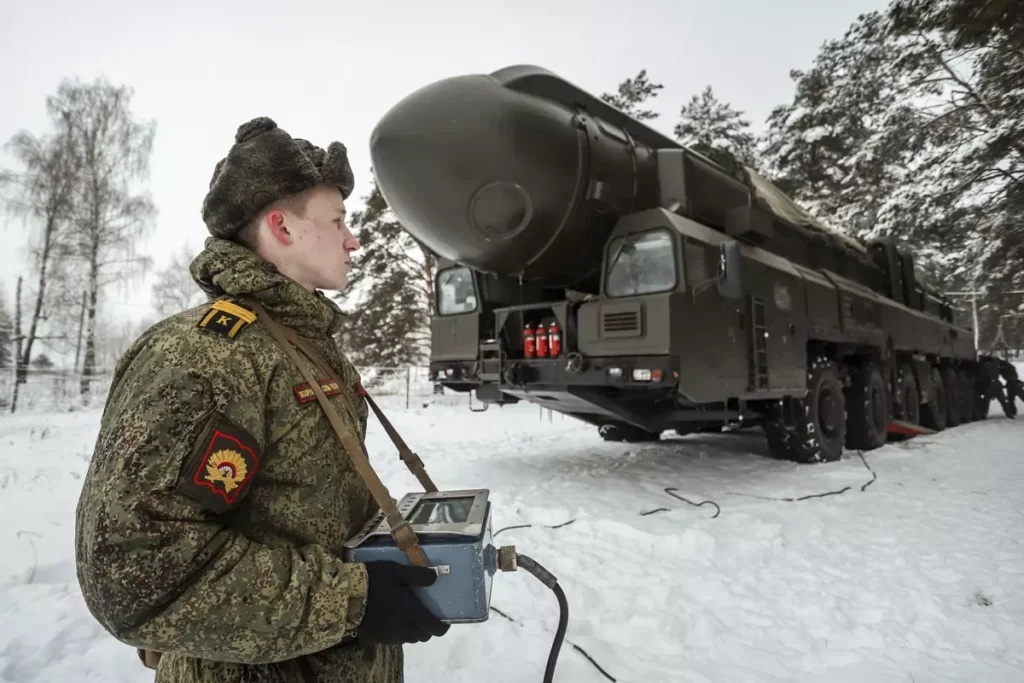
It has been 273 days since the Russian invasion began. On Wednesday, the Ukrainian military is setting up the conditions for the liberation of Crimea.
The case of Crimea
With the liberation of Kherson City and the western part of Kherson province, the Ukrainian forces are getting ready for the next phase of the war, which would take them to the eastern bank of the Dnipro River and then Crimea.
Ukrainian forces are targeting and taking out Russian lines of supply and communication all across the southern part of the battlefield, an important first step before a ground attack on the annexed peninsula.
But in the West, there are some reservations about pushing the Russians out of Crimea. Western leaders fear that a Ukrainian counteroffensive against Crimea would push Russian President Vladimir Putin beyond his limits and force him to do something unreasonable, such as the deployment of a tactical nuclear weapon.
However, Putin would likely pursue such a course of action only if it was highly certain that Ukraine would liberate Crimea as a nuclear strike could turn the land uninhabitable for some time.
Meanwhile, the Russian forces continue to bolster their defenses in the south, especially in the eastern part of the Zaporizhzhia and Kherson provinces.

In the Donbas, the Russian forces keep up the offensive against the Ukrainian towns of Bakhmut and Avdiivka but without much success.
In the east, the Ukrainian forces are trying to reach Kreminna and then Svatove, a key logistical hub.
Russian casualties
Every day, the Ukrainian military is providing an update on their claimed Russian casualties. These numbers are official figures and haven’t been separately verified.
However, Western intelligence assessments and independent reporting corroborate, to a certain extent, the Ukrainian casualty claims. For example, the Oryx open-source intelligence research page has visually verified the destruction or capture of more than 1,500 Russian tanks (which amounts to more tanks than the combined armor capabilities of France, Germany, Italy, and the United Kingdom) and more than 5,300 military vehicles of all types; this assessment has been confirmed by the British Ministry of Defense.
The same independent verification exists for most of the other Ukrainian claims. Recently, the Pentagon acknowledged that the Russian military has lost thousands of combat vehicles of all types, including over 1,000 tanks, and dozens of fighter jets and helicopters.
Furthermore, more recent reports that are citing Western intelligence officials indicate that the Russian military has suffered more than 100,000 casualties (killed and wounded) in the war so far.
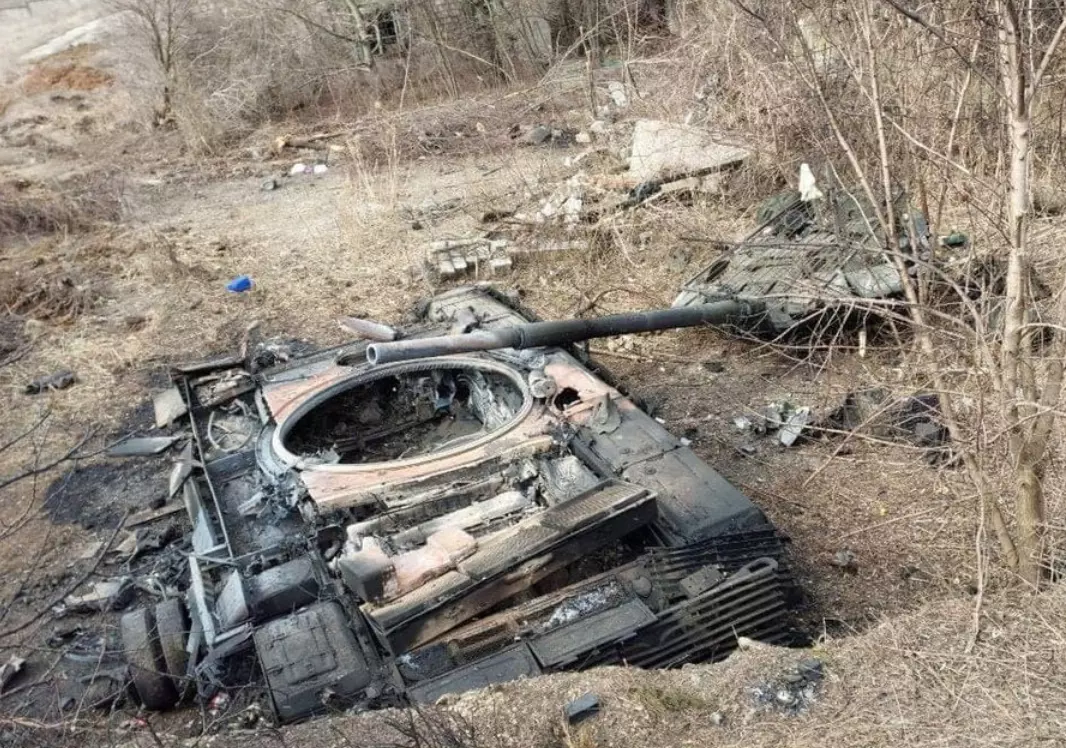
In the summer, Sir Tony Radakin, the British Chief of the Defence Staff, had told the BBC that the West understands that more than 50,000 Russian troops have been killed or wounded in the conflict thus far. If we were to take the Ukrainian figures as accurate, the number mentioned by Sir Radakin is on the low side of the spectrum.
In November, Chairman of the Joint Chiefs of Staff General Mark Milley shared the U.S. military’s assessment that the Russian military has lost more than 100,000 troops so far in the war.
Yet, it is very hard to verify the actual numbers unless one is on the ground. However, after adjusting for the fog of war and other factors, the Western official numbers are fairly close to the Ukrainian claims.
As of Wednesday, the Ukrainian Ministry of Defense is claiming the following Russian casualties:
- 85,410 Russian troops killed (approximately three times that number wounded and captured)
- 5,832 armored personnel carriers and infantry fighting vehicles destroyed
- 4,396 vehicles and fuel tanks
- 2,897 tanks
- 1,887 artillery pieces
- 1,537 tactical unmanned aerial systems
- 278 fighter, attack, and transport jets
- 395 Multiple Launch Rocket Systems (MLRS)
- 261 attack and transport helicopters
- 480 cruise missiles shot down by the Ukrainian air defenses
- 209 anti-aircraft batteries
- 161 special equipment platforms, such as bridging equipment
- 16 boats and cutters
- four mobile Iskander ballistic missile systems
On Wednesday, Ukrainian forces continued to inflict the heaviest in the direction of Bakhmut and Avdiivka, which are both located in the south of the Donbas, and the vicinity of Lyman, which is located in the northeast of the Donbas.
The stated goal of the Russian military for the renewed offensive in the east is to establish full control over the pro-Russian breakaway territories of Donetsk and Luhansk and create and maintain a land corridor between these territories and the occupied Crimea.
Feature Image: Topol mobile ground-based missile system in the Serpukhov branch of the Strategic Missile Forces Military Academy of Russia. The Topol is an intercontinental ballistic missile. (Ministry of Defense of the Russian Federation)
Read more from Sandboxx News
- Europe has kicked out over 400 suspected Russian spies this year alone, British intelligence chief says
- How effective is Russia’s Nebo-M counter-stealth radar?
- Does Iran have a stealth fighter? They wanted you to think so
- Attack on the Crimean Bridge – Ukraine’s birthday present to Putin
- How Russia’s culture of lies is dooming Putin’s invasion of Ukraine
Related Posts
Sandboxx News Merch
-

‘AirPower’ Classic Hoodie
$46.00 – $48.00 Select options This product has multiple variants. The options may be chosen on the product page -

‘Sandboxx News’ Trucker Cap
$27.00 Select options This product has multiple variants. The options may be chosen on the product page -

‘Sandboxx News’ Dad Hat
$27.00 Select options This product has multiple variants. The options may be chosen on the product page
Stavros Atlamazoglou
Greek Army veteran (National service with 575th Marines Battalion and Army HQ). Johns Hopkins University. You will usually find him on the top of a mountain admiring the view and wondering how he got there.
Related to: Ukraine

The B-2 Spirit is aging but still packs a bunch
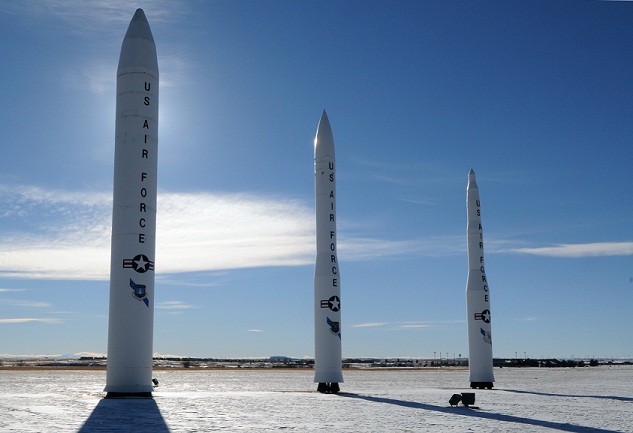
How large are the nuclear arsenals of Russia and China compared to those of the US and its allies?
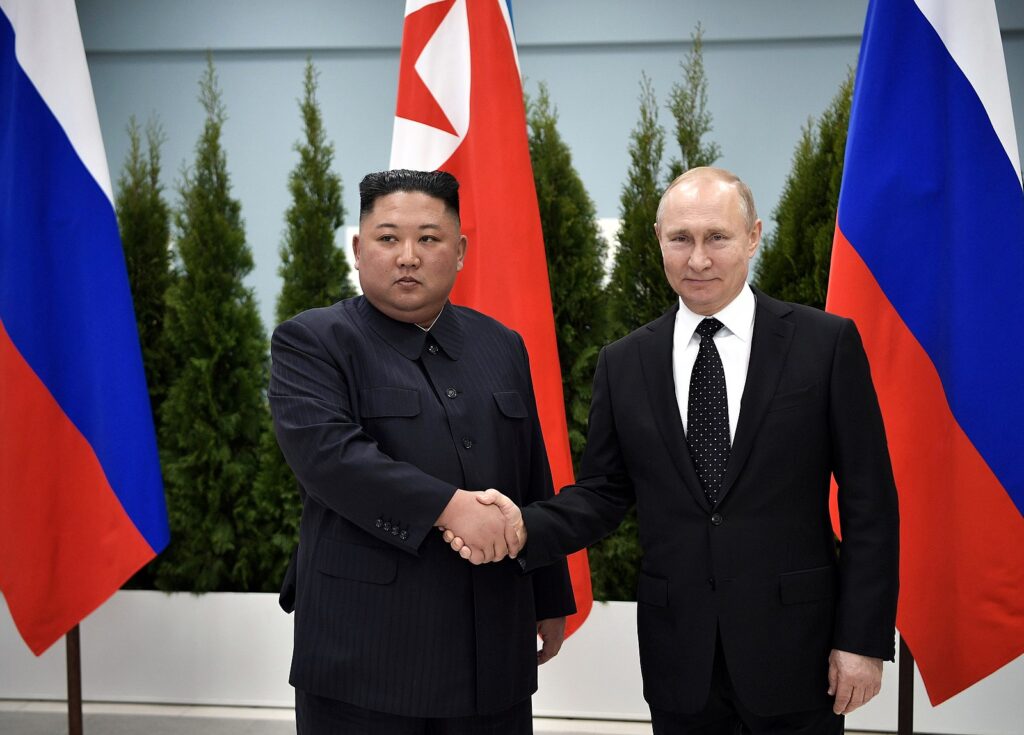
50,000 Russian and North Korean troops prepare to attack Ukrainian forces in Kursk
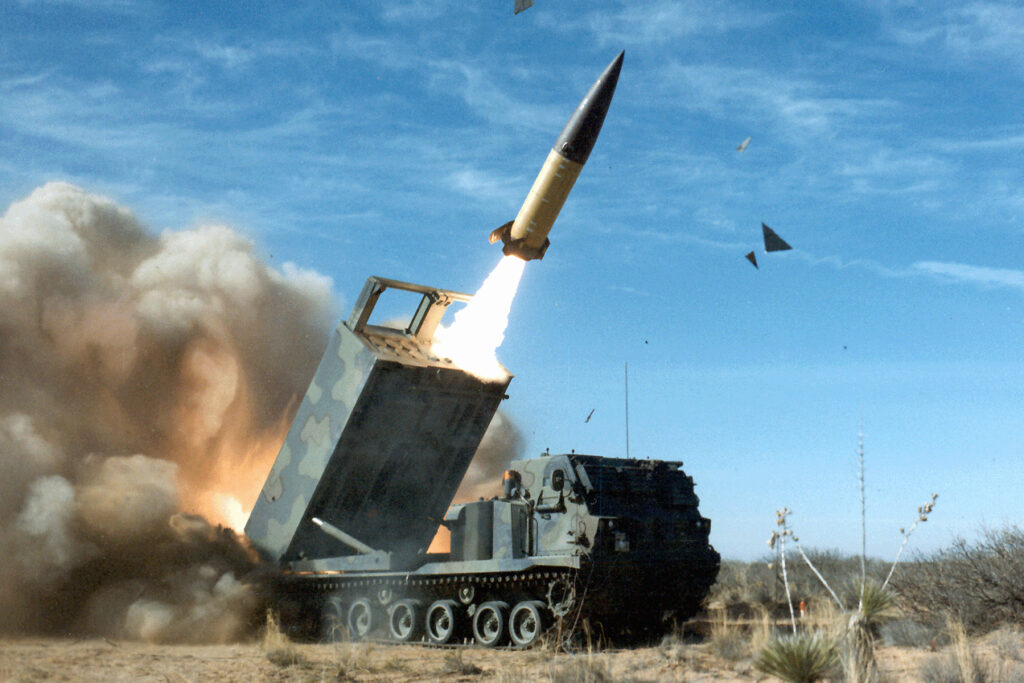
What damage can Ukraine inflict on Russia using its long-range Western weapons?
Sandboxx News
-

‘Sandboxx News’ Trucker Cap
$27.00 Select options This product has multiple variants. The options may be chosen on the product page -

‘AirPower’ Classic Hoodie
$46.00 – $48.00 Select options This product has multiple variants. The options may be chosen on the product page -

‘AirPower’ Golf Rope Hat
$31.00 Select options This product has multiple variants. The options may be chosen on the product page -

‘Sandboxx News’ Dad Hat
$27.00 Select options This product has multiple variants. The options may be chosen on the product page
